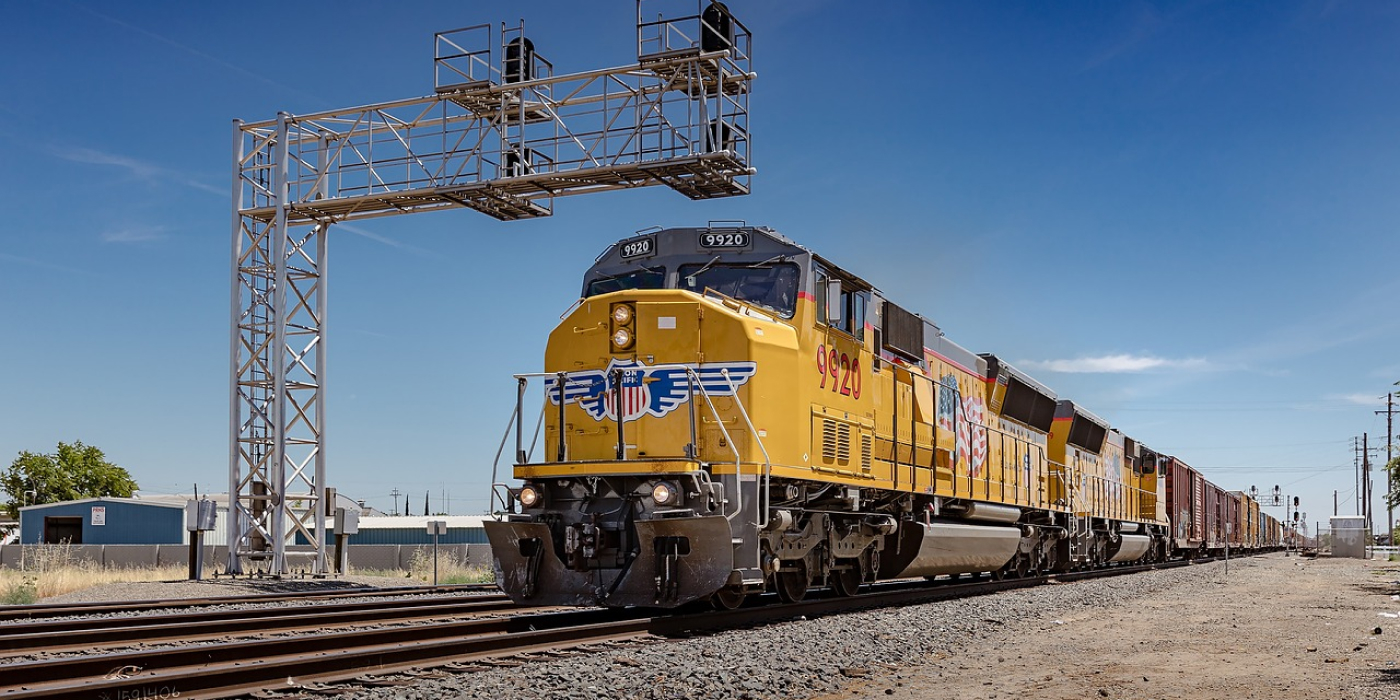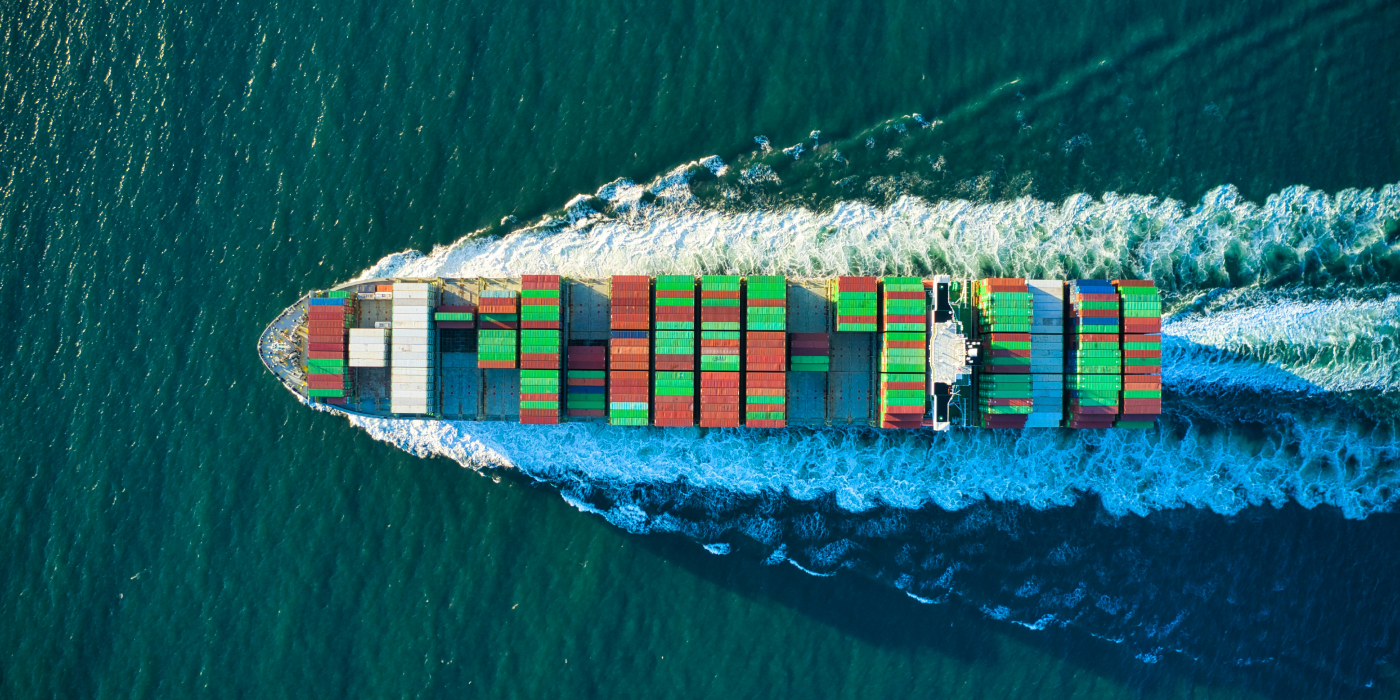The Rise of Intermodal Transportation: Benefits and Challenges
Intermodal transportation, which involves the use of multiple modes of transportation, such as trucks, trains, airplanes, and ships to move freight, is becoming an increasingly popular choice for businesses looking to optimize their logistics and supply chain operations. The key to intermodal transportation is the seamless transfer of goods between these modes. By combining different transportation methods, intermodal freight solutions offer various advantages but also present unique challenges.
The global market for intermodal freight transportation had a size of $55.3 billion in 2022 and is projected to reach $197.59 billion by 2032, according to a report from Reports and Data. This robust revenue growth is primarily being propelled by the expansion of the eCommerce industry, the trend towards globalization, and the increasing demand for efficient and sustainable transportation solutions. As the demand for reliable and efficient freight transportation services rises, companies are increasingly adopting intermodal transportation.
Here’s a look at some of the benefits and obstacles associated with intermodal transportation.
Benefits of Intermodal Transportation
Cost Efficiency
By leveraging the strengths of different transportation modes, companies can reduce fuel costs and optimize operational expenses. For example, rail transport, which is often used in intermodal operations, offers a cost-effective option for long-distance hauling compared to road transport due to lower fuel costs and the ability to move large volumes at once.
By utilizing rail for the long-haul portion of a shipment and trucks for shorter distances such as last-mile delivery, businesses can take advantage of the lower costs and higher efficiency associated with rail transport. This combination often results in lower overall delivery costs compared to using trucks alone. Additionally, with ocean prices increasing faster than air freight, the difference in cost between the modes is narrowing and making air cargo a more attractive transportation option for businesses.

Environmental Impact
Intermodal transportation provides several environmental benefits. Rail transport is considerably more fuel-efficient and uses 80% less energy than trucks per ton of freight carried. By incorporating trains into their logistics strategy, companies can reduce their carbon footprint and contribute to environmental sustainability. This is particularly important as more businesses seek to meet corporate social responsibility goals and adhere to stricter environmental regulations.
J.B. Hunt Transport Services recently announced plans to buy Walmart’s intermodal container and chassis fleets as part of a new multiyear shipping deal with the retailer. The agreement will bolster an intermodal truck-rail operation that is J.B. Hunt’s largest business segment. J.B. Hunt is committed to expanding its intermodal operation. The company has a long-term agreement with BNSF Railway on intermodal transport out of the U.S. West Coast and is working with the freight railroad to expand that business.
Improved Reliability
Using multiple modes of transport can enhance the reliability and resilience of supply chains. Intermodal transportation provides the flexibility to select the most appropriate mode of transport for different segments of the journey. This flexibility allows for better route planning and adaptability to changing conditions, ensuring timely and reliable freight deliveries. For example, while adverse weather can impede trucking and shipping operations, air or rail freight transport might not be as affected, allowing for alternative routing options during disruptions.
More companies are utilizing air freight transportation to adapt to eCommerce demand and minimize supply chain disruptions. Air cargo continues to be fueled by direct-to-consumer fulfillment out of China for Chinese and U.S. retail platforms as well as ripple effects from commercial shipping disruptions. Many shippers are pulling forward fall orders to minimize the chance of late-arriving inventory associated with longer ocean transit times and port congestion due to detours around the Red Sea, and the threat of a dockworker strike at U.S. East Coast ports this fall.

Challenges of Intermodal Transportation
Complex Logistics Coordination
Managing intermodal logistics requires careful coordination between different carriers and modes of transport. Each segment of the delivery chain operates under different regulations, speeds, and capacities. The complexity of scheduling, transferring, and tracking freight deliveries can lead to logistical challenges, particularly in ensuring timely transfers between modes and maintaining consistent communication across all parties involved.
Ensuring that these segments connect seamlessly is a complex task that requires robust logistics platforms and expert management. Investing in advanced technology solutions like centralized logistics management systems and real-time tracking can help companies to streamline logistics coordination, enhance communication, and improve visibility throughout the intermodal transportation process. Advanced systems can help companies analyze and select the most efficient routes and combinations of transport modes to enhance efficiency and minimize costs.
Infrastructure Limitations
The effectiveness of intermodal freight operations depends on the availability and quality of infrastructure such as rail terminals, ports, and intermodal hubs. Inadequate or outdated infrastructure can lead to delays and inefficiencies. In regions where this infrastructure is underdeveloped or congested, businesses may face delays and increased costs. Additionally, the condition and capacity of infrastructure can vary, impacting the efficiency of intermodal transport. Efficient intermodal solutions require well-maintained rail tracks, ports, and terminals specifically designed for transferring freight between different modes.
Governments are increasingly investing in enhancing and expanding intermodal freight networks. The United States Department of Transportation recently announced its selection of 37 projects to receive funding through the Bipartisan Infrastructure Law’s Mega and INFRA programs totaling $4.9 billion. The awards will make considerable investments in intermodal freight infrastructure. The Infrastructure for Rebuilding America (INFRA) Grant Program provides funding for multimodal freight and highway projects to improve the safety, efficiency, and reliability of the movement of freight and people.
Potential for Delays
While intermodal freight transportation can be more cost-effective and environmentally friendly, it may increase delivery times compared to direct truck deliveries. The process of transferring freight between different modes and the slower speeds of trains compared to trucks can lead to longer delivery schedules, which might not be suitable for time-sensitive goods. Unforeseen issues such as congestion at ports or rail terminals and carrier scheduling conflicts can disrupt the supply chain and impact delivery timelines.
Establishing strong relationships with intermodal service providers, including rail carriers, trucking companies, and terminal operators can help ensure smooth transitions and effective communication. Collaborative relationships facilitate information sharing, joint problem-solving, and coordinated responses to minimize disruptions. Technology solutions help connect intermodal stakeholders, improve workforce productivity, and enable companies to optimize their intermodal freight operations more efficiently.
By understanding these benefits and challenges, businesses can leverage intermodal transportation to optimize their supply chain operations, enhance efficiency, and achieve their logistics goals. As the freight industry moves towards more integrated and sustainable logistics solutions, intermodal transportation will likely play an increasingly vital role in shaping the future of freight.
For more information about how our delivery management solution can help you manage your deliveries more efficiently, please contact info@bringoz.com.
